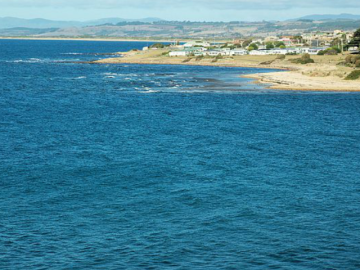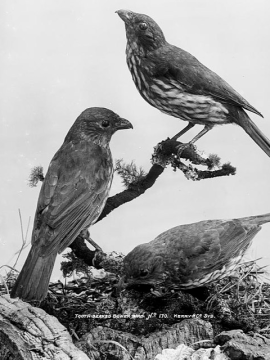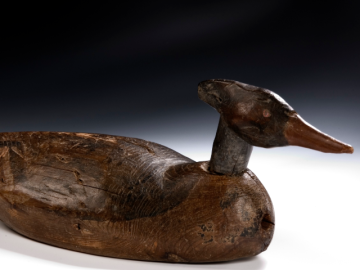Birds
Jennifer Harrison
after Eavan Boland’s ‘Migration’
Tumbled together without name or burial.
birds flying in August . their wings flaring against the graceful sun . birds flying inwards to where nests are room-like . chairs there . a table . set with placemats of grey flannel . texture a baby loves to flex . and taste exploring rhythm . birds flying inwards . to the canopy of fruits . figs and plums . talons hauling morsels home to a house smelling of peppermint leaves . and bark debris . birds flying inwards . their predatory beaks slashing this way . that . for meat . steely birds . familiar with wide . ravines hunting the deeper . narrowing chasms . snow falling inside a glass dome . today . a larval swarm of white birds . swirling . I feel them in my chest . settling in for tomorrow’s long haul . a journey . indeterminately large and small . there’s a geometry in sadness . a nestling unseen bringing feathers . purpose to the measured villanelle of sky
The science inspiring the piece:
‘Birds’ was written during the extensive Melbourne pandemic lockdowns and was influenced by the recently deceased Irish poet Eavan Boland (1944-2020) and the after . echoes (of which ‘Birds’ is one) that I began writing when reading her New Collected Poems over this time. Perhaps even more so, the poem was inspired by the birdlife I saw during my ‘permitted’ walks around nearby Albert Park Lake. The black swans, Pacific black ducks, Australian grebes, Eurasian coots, Australasian swamphens, dusky moorhens and freshwater cormorants were all thriving. The skies were quiet. Cars on the roads were infrequent. Everything was more silent yet more frightening (hence the faint image of a snowdome of birds haunts the poem). I read somewhere that many poems written over the pandemic repeatedly reference birdlife. I think this, in part, represents human envy of the freedom of birds, of their survival instincts, and the poem does not shy away from reflecting on ideas of savage resilience. But I also experienced a new, deeper mindfulness about how wildlife prospers when the intrusive human imprint on the environment is lessened. The skies were quiet. There were no planes. I wanted this poem to leave a permanent claw mark on memory.
Feature image: Merganser Drake Decoy, 19th century, carved and painted wood, Smithsonian American Art Museum


